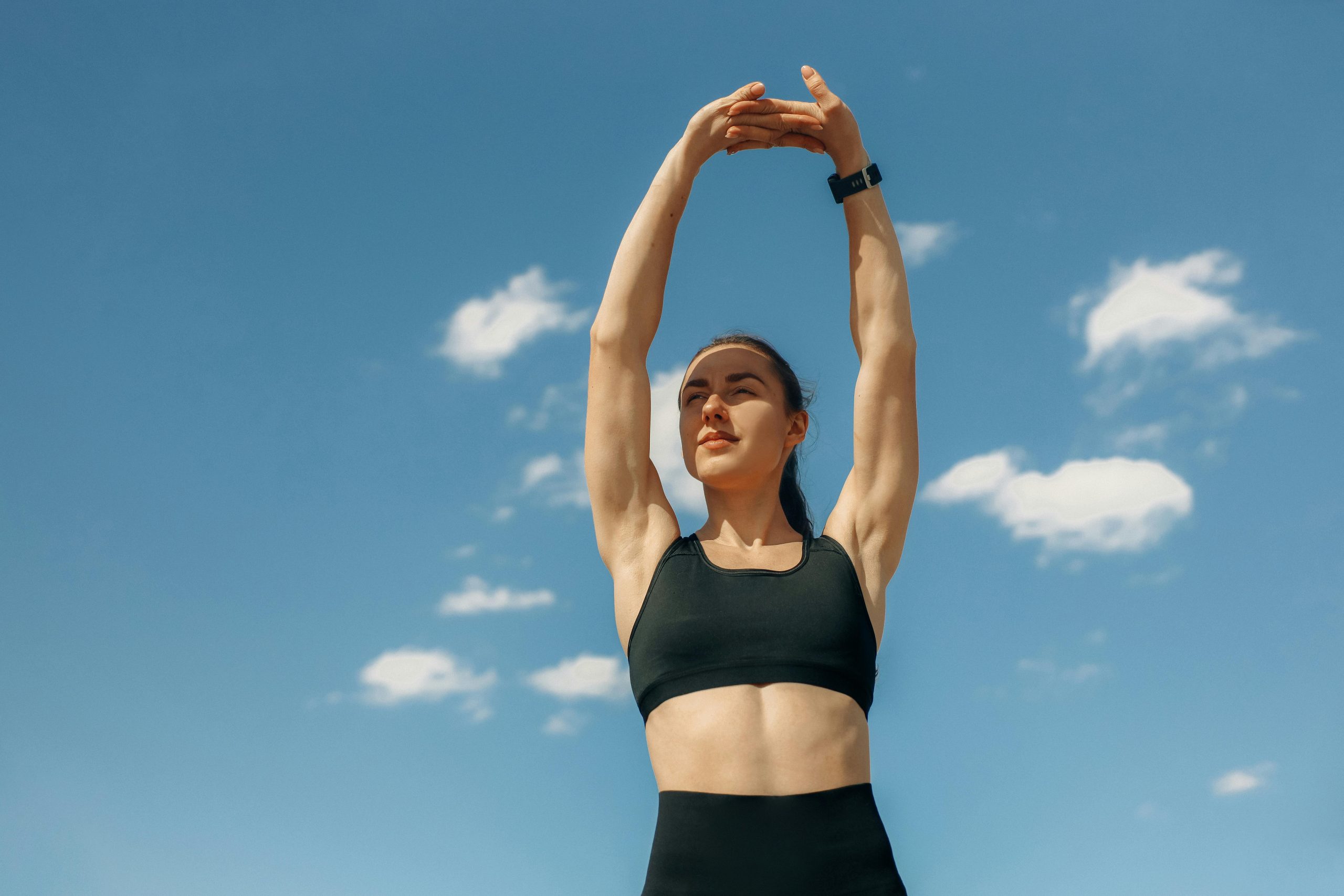Why we need to avoid clickbait articles on diet and exercise
08/07/2024Mobility vs Flexibility

Mobility vs Flexibility : The difference and why it matters
Joints are the places in the body where movement happens. Muscles are the magical mechanisms that create that movement. When we feel stiff or tight it is important to make the distinction between joint stiffness (mobility) and muscle tightness (flexibility). Most of us think of these as interchangeable terms but they require different approaches to assess and address.
Joint stiffness occurs when the joint itself doesn’t move freely through its full range of motion, often due to lack of use or improper techniques.
Muscle tightness happens when a shortened muscle restricts movement, typically as a result of overuse or compensation patterns.
Understanding Joints and Muscles
Joints are where bones meet and move relative to one another—think of your knee, where your thigh bone meets your shin bone, creating a "hinge" movement.
This joint is healthy when it is well lubricated and doesn’t experience catching, sticking or popping, and when it is held safely together by strong ligaments. If a joint is restricted we usually don’t feel tightness, like we feel muscles when they’re tight. We are more likely to feel weakness.
Joints rely on muscles to create movement. Muscles can only do one of two things: contract (shorten) or relax (lengthen). That is a pretty straightforward job so that is why we have many layers of muscle fabric that layer over and around our joints to create some complex movements. While some joints, like the knee, are simple, others, like the shoulder or hip, are highly versatile, allowing multi-directional motion.
Mobility vs. Flexibility: Which Should You Focus On?
We can assess either joint or muscle in a clinical setting but for the majority of us, we should just be aware to approach our movements from both angles. Most of us only consider “stretching” which is where you feel a stretching feeling in your muscles. This will primarily improve muscle length.
Mobility requires that a joint can move through its range of motion and actually requires muscle engagement as opposed to passive muscle length.
Flexibility can be achieved passively, like by folding forward. But mobility is achieved actively by moving your joints and engaging their surrounding muscles.
As a rough guideline:
- most office bound, sedentary-type workers should focus on joint mobility first.
- Sports people need to consider more muscle length when balancing their training demands.
As a Biokineticist, my sense is that most people over consider muscle length, and want to feel the “stretch” of their muscles, and they tend to under consider joint stiffness (and weakness) as a cause for their stuckness.
I therefore tend to spend time on emphasising the latter a bit more.
How Joint Stiffness Leads to Weakness
This often comes as a surprise to my male patients who are comfortable with being stiff but usually less so with the idea of becoming weak. "I'm super tight" they tell me, "I'll never touch my toes." There is a faint pride sometimes or perhaps a resignation but I try to explain that this isn't something we can simply accept. Imagine you have a stiff hip. You aren't too bothered because you can still sort of get by functionally with this range of motion. But imagine how the hip muscles feel about this. If the joint is stiff because of injury, immobility or incorrect technique, the muscles eventually begin to weaken in that range of motion. They never shorten enough to make an impact there, so over time, they atrophy and get weaker.
A compounding problem occurs of stiffness that leads to weakness that leads to stiffness. As we age, this problem compounds to begin to affect our balance and co-ordination.
OK, so what is the solution?
This is the part where I tell you to attend our expertly-led, yoga and pilates classes focusing on mobility, flexibility, strength, balance and coordination :) But, if that is not your jam, then my best piece of advice, and something I tell all my patients often is: More is more. Please move more!
- Dance in the kitchen.
- Take the stairs.
- Stretch between meetings.
- Carry your shopping bags rather than using a trolley.
- Walk wherever you can.
Just think of movement as a positive thing you are trying to seek out, rather than something you are trying to avoid :)
“Use it or lose it” has never been more true for the human body.
A Quick Reality Check
Do me a favour, answer this question honestly? How many hours do you spend seated per day? Please consider time seated for work, travel and down time, like TV watching and meals.
If that number exceeds 8 hours per day then you are considered to be at high risk for developing more health conditions including joint-related problems than those people who sit less. We’re aiming for 4 or less but we aren’t all so lucky!
If this concerns you, congratulations on becoming aware, now get moving.
If you can’t sit less, then you can move more. Take movement breaks where you get all your joints going a bit and give them some blood flow and attention.
A little goes a long way.
Written by Aimée Barnes-Louw
Registered Biokineticist and Therapeutic Yoga Instructor


